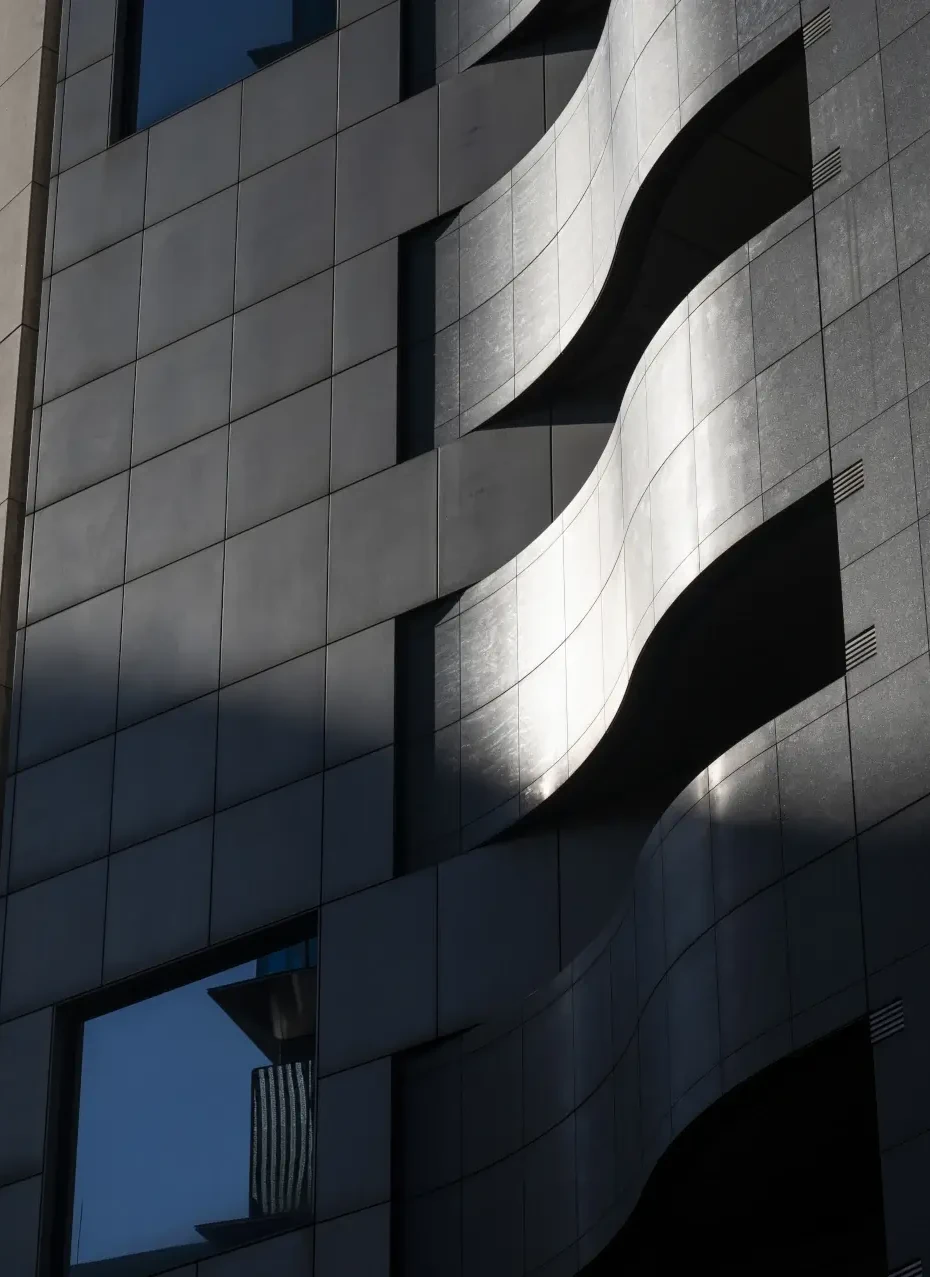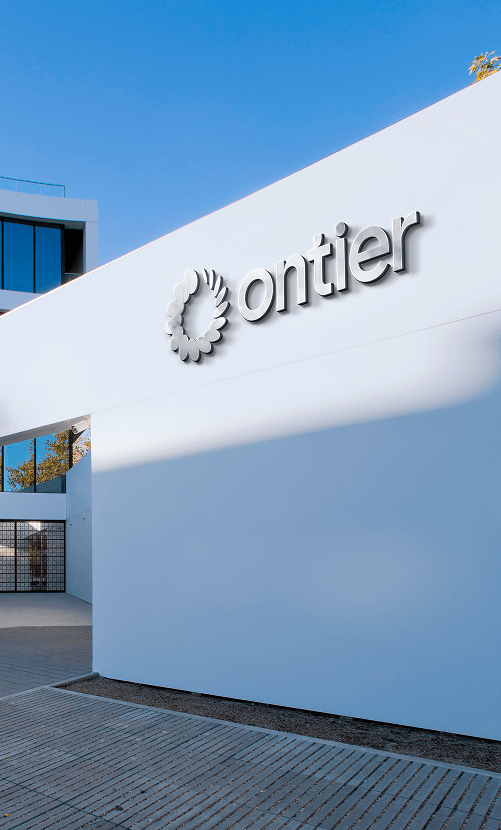







Mexico offers a wide array of long-term financing options for infrastructure development, supported by public resources (e.g.Federal Expenditure Budget), development banks, commercial banks, multilateral institutions, and capital markets through structured investment vehicles (e.g.CKDs, CERPIs, FIBRA Es).
In April 2025, the Mexican government unveiled a comprehensive infrastructure investment plan, committing over MXN 620 billion(approximately USD 36.7 billion) to upgrade energy and transportation systems.This bold public initiative signals Mexico’s strategic intent to catalyze infrastructure growth and opens a valuable window for foreign investmentthrough private participation and innovative financing structures.
The Mexican financing landscape is both robust and diverse. At the public level, the Federal Expenditure Budget (PEF -Presupuesto de Egresos de la Federación) allocates government resources towards infrastructure priorities and enables federal, state, and municipal entities to access earmarked funding. This budgetary backbone is essential to signal policy continuity and strategic national objectives. However, given its limited capacity, it often serves as the foundation rather than the fullstructure of a project.
Development banks are key facilitators in bridgingthis gap. Institutionssuch as BANOBRAS (Banco Nacional de Obras y Servicios Públicos),BANCOMEXT (Banco Nacional de Comercio Exterior), and NAFIN (NacionalFinanciera) provide long-term loans, guarantees, blended financestructures, and fiduciary services. BANOBRAS focuses on transport,energy, and water infrastructure, including PPPs (Public-Private Partnerships).BANCOMEXT finances trade and export-oriented projects such as logistics, energyand industrial parks. NAFIN supports small and medium-sized enterprises (SMEs)and acts as financial agent for high-priority national projects and acts asfinancial agent for high-priority national projects.
Multilateral development banks (MDBs) such as the IDB (Inter-American Development Bank), IFC (International Finance Corporation), CAF (Development Bank of Latin America), World Bank, and NADBank (North American Development Bank) play a complementary role. They contribute concessional funding, technical assistance, and risk mitigation tools. Their participationin project structuring enhances bankability, especially in socially impactful sectors like urban development, health, education, and clean energy.
Private capital is equally essential. Commercial banksin Mexico provide financing through syndicated loans, project financearrangements, and the issuance of thematic or green bonds. These banks oftenpartner with development institutions, allowing for custom-tailored financialproducts aligned with project needs.
Mexico’s capital markets also provide sophisticated investment vehicles designed to attract institutional capital. Among the most relevant are the CKDs (Certificados de Capital de Desarrollo – Development Capital Certificates), CERPIs (Certificados Bursátiles Fiduciarios de Proyectos de Inversión – Investment Project Certificates), and FIBRA Es (Fideicomisos de Inversión en Energía e Infraestructura – Investment Trusts in Energy and Infrastructure).
CKDs are typically used to finance one or several long-term projects or companies at the development stage (greenfield).Structured as fiduciary stock certificates, they allow staged disbursementstied to project milestones and provide returns that are variable and contingent on project performance.
CERPIs function similarly to private equity funds but provide greater investment flexibility, including the ability to finance international projects. They are available primarily to qualified and institutional investors under restricted public offerings and permit less rigid governance structures than CKDs.
FIBRA Es, on the other hand, are investment trusts that securitize brownfield energy or infrastructure assets—mature,income-generating projects. Inspired by U.S.-style Master Limited Partnerships(MLPs), they offer predictable returns and are listed on the Mexican stock exchange, making them particularly attractive to pension funds and conservative institutional investors.
These vehicles offer complementary profiles: CKDs for development-stage projects, CERPIs for diversified or international exposure with active portfolio management, and FIBRA Es for long-term yield from mature assets. Each is governed by disclosure and governance obligations designed to protect investors and promote transparency.
Legal advisors play a critical role in coordinating among public, private, and multilateral actors. From designing security packages and cashflow management trusts to ensuring regulatory compliance and preparing opinion letters for syndicates, legal structuring is the backbone of any successful infrastructure transaction in Mexico. In bound investors must navigate not only commercial and financial terms but also procurement frameworks, sector-specific regulations, and tax implications.
With over USD 36 billion in new public commitments, a dynamic private sector, and well-developed legal and financial infrastructure, Mexico is uniquely positioned to lead the next wave of infrastructure investment in Latin America. For foreign sponsors, funds, and developers, unlocking this opportunity depends on navigating the financing ecosystem—from budget allocations and development bank lines to MDB involvement and capital market vehicles.
With proper structuring and experienced legal guidance, Mexico offers not only returns but long-term partnership potential in sectors essential to national development.
Sources:
https://www.proyectosmexico.gob.mx/en/how-mexican-infrastructure/financing/#toggle-id-14
https://www.gob.mx/sener/articulos/la-secretaria-de-energia-luz-elena-gonzalez-escobar-presento-las-acciones-del-sector-electrico-encaminadas-a-impulsar-el-desarrollo-del-plan-mexico
For any questions on the topics raised in this alert, please contact José María Morales Oliveros
Ontier LLP is authorised and regulated by the Solicitors Regulation Authority, registration number OC327289. Legal Notice
